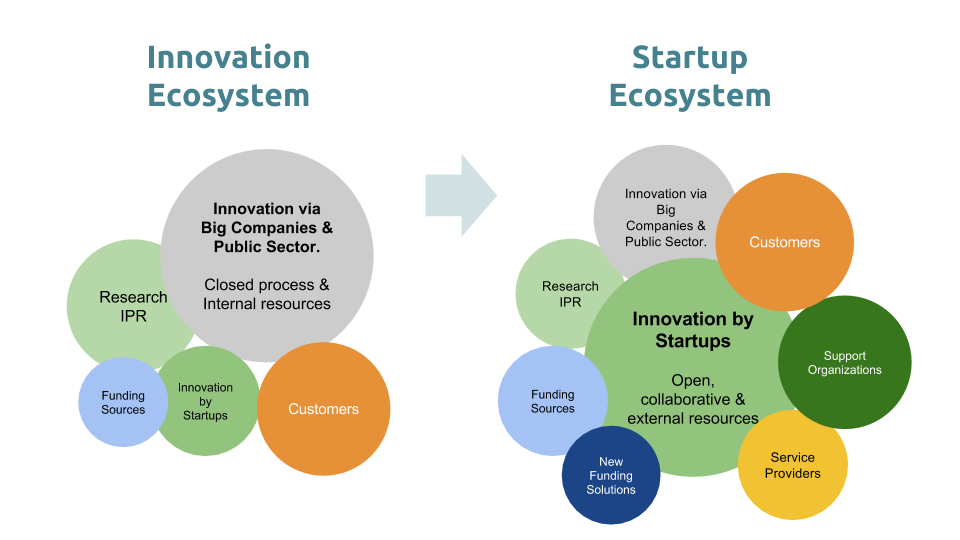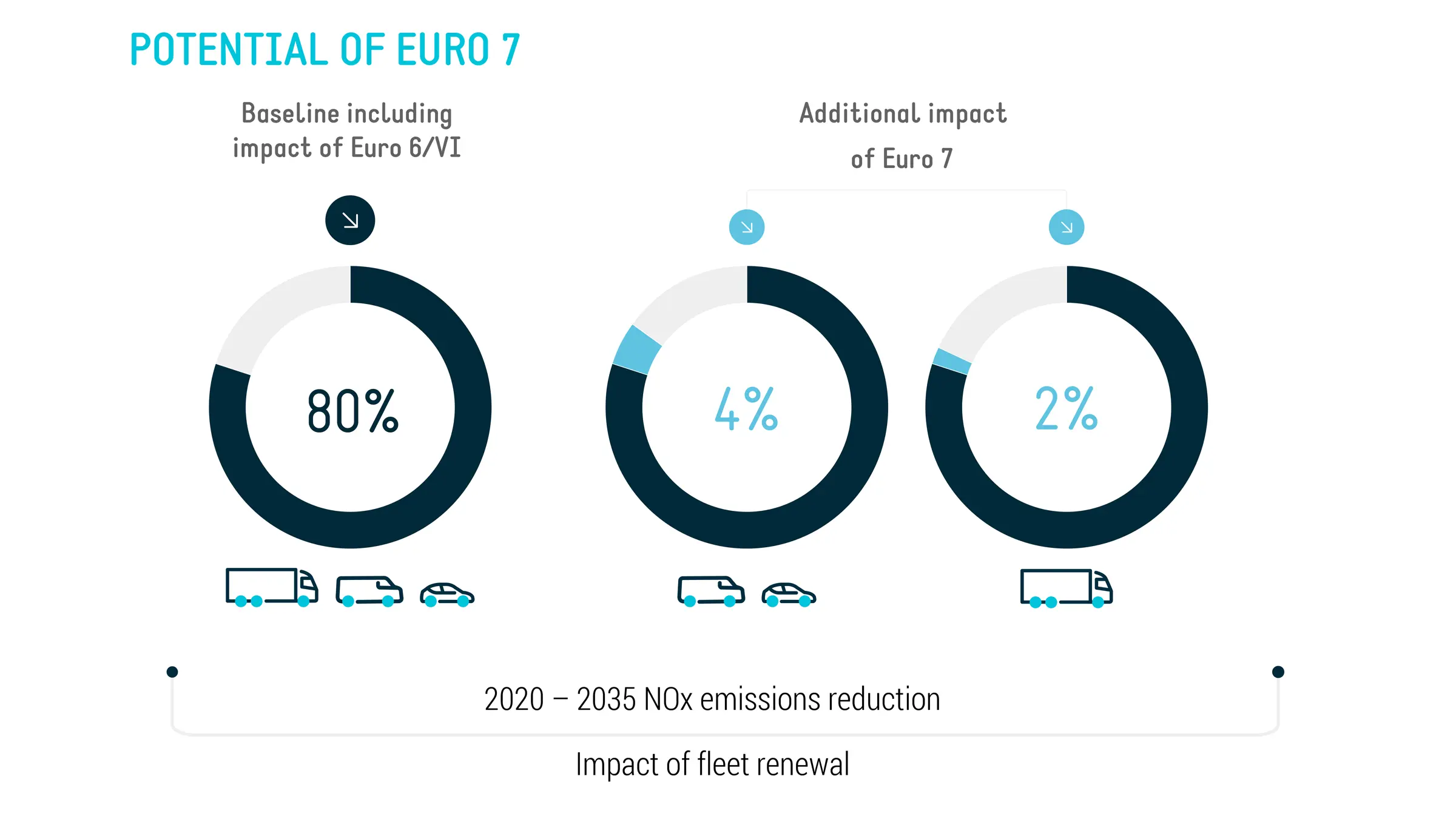The Startup Ecosystem Explained
Mia Wilson

Photo: The Startup Ecosystem Explained
The Startup Ecosystem Explained: A Comprehensive Guide
Introduction: Understanding the Startup Ecosystem
The term "startup ecosystem" is more than just a buzzword it represents the interconnected network of individuals, organizations, and resources that support the creation and growth of startups. These ecosystems foster innovation, entrepreneurship, and economic development by providing an environment conducive to turning ideas into thriving businesses. But what exactly makes up a startup ecosystem, and why is it crucial for aspiring entrepreneurs and investors alike? This article dives deep into the components, dynamics, and importance of startup ecosystems, offering a clear and structured explanation.
What Is a Startup Ecosystem?
A startup ecosystem is a collaborative framework comprising various stakeholders entrepreneurs, investors, accelerators, incubators, corporations, universities, and government entities who interact to nurture startup growth. This interconnected web creates an environment where startups can access funding, mentorship, talent, and market opportunities.
Each startup ecosystem operates within a specific geographical location, such as Silicon Valley, Bangalore, or Berlin, but with the rise of remote work and digital connectivity, virtual ecosystems are also emerging. Regardless of the location, a successful ecosystem is defined by the quality of its network and the resources it offers.
Key Components of a Startup Ecosystem
To better understand how a startup ecosystem functions, let's explore its primary components:
1. Entrepreneurs and Startups
At the core of any ecosystem are the entrepreneurs visionaries who launch startups to bring innovative solutions to market. Startups, in turn, are early-stage companies designed to scale rapidly by leveraging technology and innovation.
Entrepreneurs drive ecosystem growth by generating jobs, fostering competition, and attracting investment. Successful startups, such as Airbnb or Uber, often become "unicorns" (valued at over $1 billion), inspiring new ventures and further enhancing the ecosystem's appeal.
2. Investors
Angel investors, venture capitalists (VCs), and corporate investors provide the critical funding that startups need to scale. In exchange for equity, investors offer not only financial resources but also valuable industry insights and networks.
- Angel investors typically fund early-stage startups.
- VCs focus on later-stage startups with high growth potential.
- Corporate investors seek strategic partnerships and innovations that align with their business goals.
3. Incubators and Accelerators
Incubators help startups in their nascent stages by offering workspace, mentorship, and resources, often without taking equity. Accelerators, on the other hand, are time-bound programs designed to fast-track startup growth through mentorship, funding, and networking opportunities.
Examples of renowned accelerators include Y Combinator and Techstars, which have helped launch hundreds of successful startups.
4. Universities and Research Institutions
Universities play a pivotal role in the startup ecosystem by fostering innovation through research, talent development, and entrepreneurial education. Many ecosystems, such as Boston and Cambridge, thrive due to the presence of world-class institutions like MIT and Harvard.
5. Government and Policy Makers
Supportive government policies can make or break a startup ecosystem. By offering tax incentives, grants, and regulatory support, governments encourage entrepreneurship and attract both local and foreign investments.
6. Service Providers
Law firms, marketing agencies, accounting firms, and consultants offer specialized services that help startups navigate complex business environments. These providers act as enablers, ensuring startups focus on innovation while delegating operational challenges.
The Role of Collaboration in a Thriving Ecosystem
A defining characteristic of a successful startup ecosystem is collaboration. Unlike traditional industries, where competition often dominates, startup ecosystems thrive on shared knowledge, partnerships, and community support. This collaborative spirit manifests in events such as hackathons, pitch competitions, and networking meetups, where stakeholders exchange ideas and form partnerships.
For instance, in Silicon Valley, the open exchange of knowledge and culture of risk-taking have led to the creation of countless tech giants. Similarly, ecosystems in cities like Tel Aviv and London have grown by fostering strong networks and partnerships.
Benefits of a Strong Startup Ecosystem
A robust startup ecosystem brings numerous advantages to a region, including:
- Economic Growth: Startups contribute significantly to GDP growth by creating new markets, industries, and employment opportunities.
- Innovation and Technology Advancement: Ecosystems encourage the development of cutting-edge technologies that drive societal progress.
- Attracting Talent: A vibrant ecosystem attracts skilled professionals and entrepreneurs, creating a self-reinforcing cycle of growth.
- Global Recognition: Cities with strong ecosystems often gain international recognition as hubs of innovation, attracting foreign investment and talent.
Challenges Facing Startup Ecosystems
Despite their benefits, startup ecosystems face several challenges:
- Access to Capital: While funding is critical, not all ecosystems have equal access to investors, which can hinder startup growth.
- Talent Shortage: Competition for skilled talent can be intense, particularly in technology-driven ecosystems.
- Regulatory Barriers: Over-regulation or lack of clear policies can stifle innovation and deter investment.
- Market Fragmentation: In smaller ecosystems, startups may struggle to scale due to limited market access or competition from established players.
Addressing these challenges requires a concerted effort from all stakeholders, including policymakers, investors, and community leaders.
How to Build a Successful Startup Ecosystem
Building a thriving startup ecosystem is a long-term endeavor that requires strategic planning and sustained effort. Key steps include:
- Fostering a Culture of Innovation: Encouraging risk-taking, creativity, and experimentation is essential for innovation.
- Providing Access to Capital: Governments and private sectors must work together to ensure startups have access to early-stage and growth funding.
- Developing Talent Pipelines: Universities, corporations, and government initiatives should collaborate to nurture entrepreneurial talent.
- Creating Networking Opportunities: Regular events, meetups, and conferences foster collaboration and idea exchange.
- Ensuring Regulatory Support: Clear and supportive regulatory frameworks can attract startups and investors, boosting ecosystem growth.
Conclusion: The Future of Startup Ecosystems
As the global economy becomes increasingly digital and interconnected, the importance of startup ecosystems will only grow. By understanding the components, dynamics, and challenges of these ecosystems, stakeholders can better position themselves for success.
Whether you're an entrepreneur, investor, or policymaker, participating in a startup ecosystem offers the opportunity to shape the future of innovation and economic development. While building and sustaining a successful ecosystem is no small feat, the rewards ranging from economic prosperity to global recognition are well worth the effort.
By fostering collaboration, nurturing talent, and encouraging innovation, we can create ecosystems that not only drive business success but also contribute meaningfully to society.
For You
View AllUnderstand Euro 6 emission standards and their impact on car manufacturing and air quality. Stay informed on environmental policy!
Mia Wilson
Learn how blockchain is powering the NFT market and what it means for creators.
Mia Wilson
Learn how VPS hosting boosts website performance and speeds up loading times.
Mia Wilson
Dive into the main causes of unemployment and how they affect the economy. Learn more about this critical issue!
Mia Wilson
Get insights into VPS hosting prices and how to choose an affordable plan.
Mia Wilson
Explore various economic forecasting methods and their importance in decision-making. Click to gain clear insights!
Mia Wilson
Education
View All
April 24, 2025
What Is Distance Education? Explained!
Discover how distance education works, its benefits, and how it’s transforming learning. Start your journey today!

April 17, 2025
What Is Secondary Education? Explained!
Learn about secondary education, its structure, and its role in shaping academic and career paths. Get insights today!

April 16, 2025
Why Is Education Important?
Explore why education is vital for personal growth, career success, and societal progress. Start learning now!





